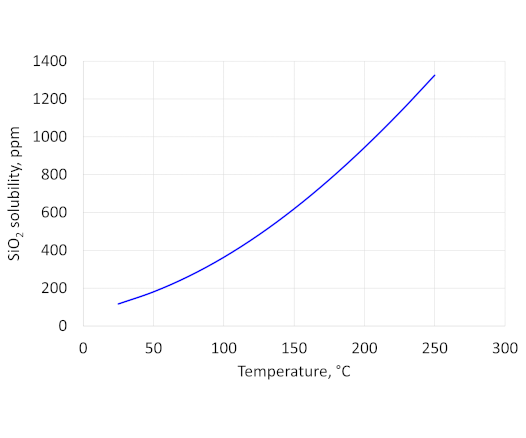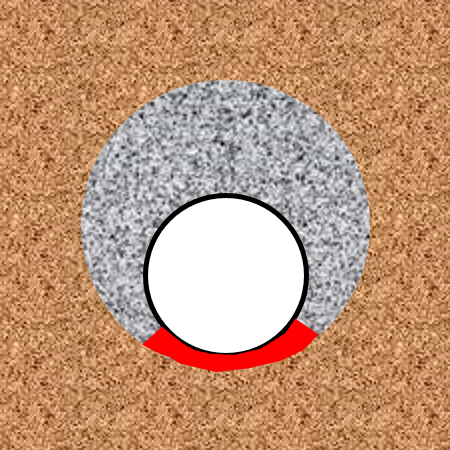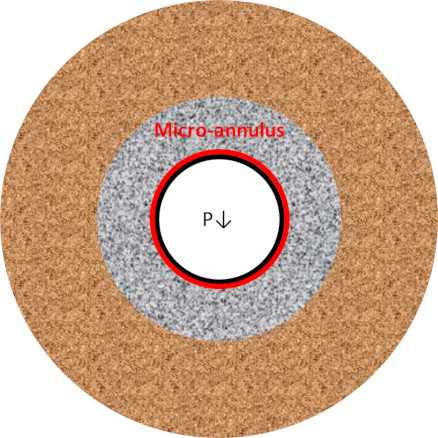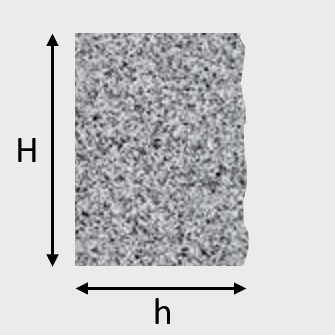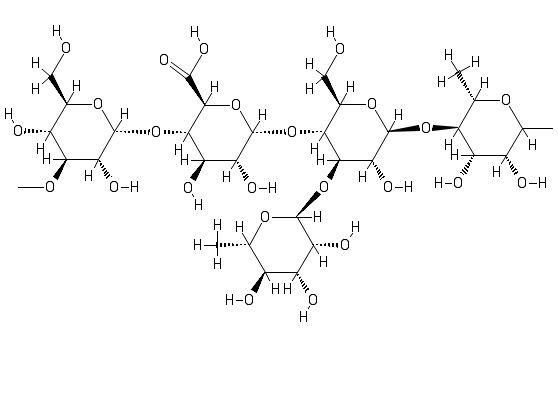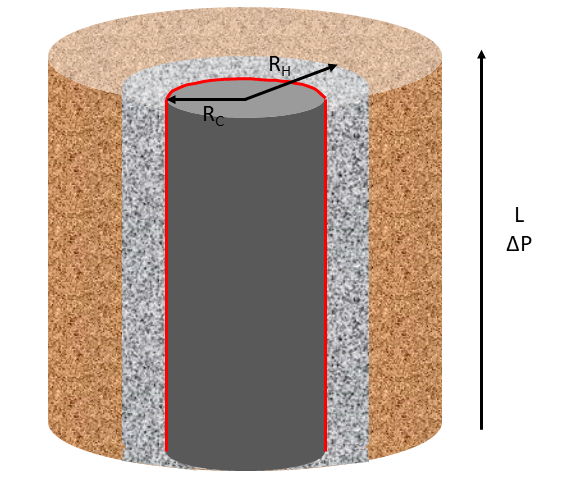April 28, 2024
April 11, 2024
September 19, 2022
This is the second in a series of articles that will discuss key factors to be considered when testing and evaluating durability of materials for zonal […]
November 14, 2021
With the increased interest in underground storage of carbon dioxide and high temperature geothermal wells, along with the development of new materials for zonal isolation, there […]
June 7, 2021
Introduction The procedure to measure the bulk volume changes of well cements under impermeable conditions (The membrane test) is described in API RP10B-5, first edition April […]
April 10, 2021
In a previous article I discussed the expected volumes, pressures, and injection rates during repairs of a micro-annulus ranging from 10 to 100 μm in thickness. […]
April 1, 2021
I gave a presentation at a virtual event “Cement Sheath Integrity in Oil and Gas Wells: Current Challenges and Future Solutions” organised by the Ecole des […]
February 18, 2021
Before initiating a squeeze treatment to plug a micro-annulus between the cement sheath and either the casing or formation, it is worth considering what volumes, rates […]
December 23, 2020
Compressive strength measurements on cement systems only provide useful results for slurries that are stable, i.e. slurries that have little or no sedimentation or free fluid […]
December 19, 2020
Anti-settling agents are important, yet often over-looked, additives for the design of stable cement slurries. Two of the biopolymers the most frequently used as anti-settling agents […]
December 10, 2020
Have you wondered why, at temperatures above around 110°C, the compressive strength development of cement systems shows a decrease and then an increase, even if the […]
July 3, 2020
The curve fit using just the two data points at the highest shear rates does not match the data over the entire range and gives a […]
April 28, 2024
April 11, 2024
September 19, 2022
This is the second in a series of articles that will discuss key factors to be considered when testing and evaluating durability of materials for zonal […]
November 14, 2021
With the increased interest in underground storage of carbon dioxide and high temperature geothermal wells, along with the development of new materials for zonal isolation, there […]
June 7, 2021
Introduction The procedure to measure the bulk volume changes of well cements under impermeable conditions (The membrane test) is described in API RP10B-5, first edition April […]
April 10, 2021
In a previous article I discussed the expected volumes, pressures, and injection rates during repairs of a micro-annulus ranging from 10 to 100 μm in thickness. […]
April 1, 2021
I gave a presentation at a virtual event “Cement Sheath Integrity in Oil and Gas Wells: Current Challenges and Future Solutions” organised by the Ecole des […]
February 18, 2021
Before initiating a squeeze treatment to plug a micro-annulus between the cement sheath and either the casing or formation, it is worth considering what volumes, rates […]
December 23, 2020
Compressive strength measurements on cement systems only provide useful results for slurries that are stable, i.e. slurries that have little or no sedimentation or free fluid […]
December 19, 2020
Anti-settling agents are important, yet often over-looked, additives for the design of stable cement slurries. Two of the biopolymers the most frequently used as anti-settling agents […]
December 10, 2020
Have you wondered why, at temperatures above around 110°C, the compressive strength development of cement systems shows a decrease and then an increase, even if the […]
July 3, 2020
The curve fit using just the two data points at the highest shear rates does not match the data over the entire range and gives a […]

